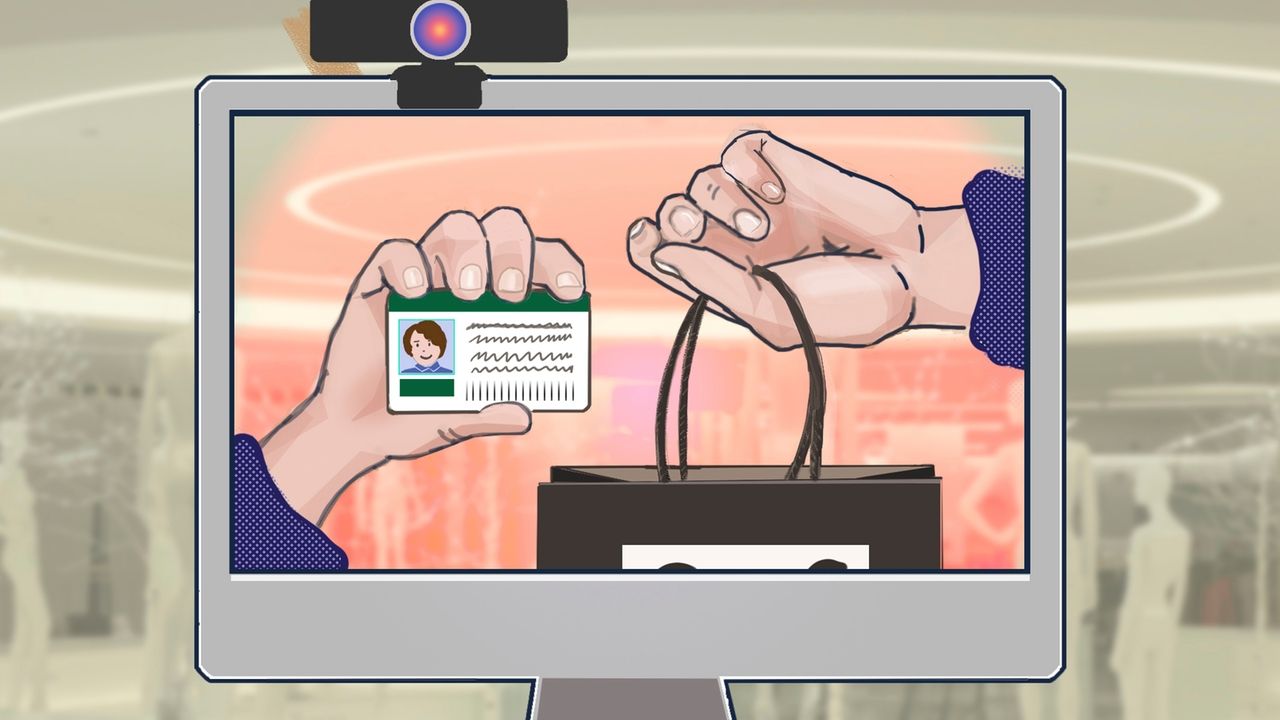NEW YORK — At Saks Fifth Avenue’s return area at its Manhattan flagship, shoppers now see a camera and signage highlighting the enhanced video surveillance and a new policy: customers must now show a photo ID.
The company is also looking at ways to better scrutinize returned packages sent back to its warehouse.
Saks’ increased measures, to be rolled out at all 39 stores in some form, are among the latest moves that a growing number of retailers including Macy’s are undertaking to combat a rise of return fraud, particularly online, seen in the past two years. Other steps include mandating receipts and charging return fees. It’s a problem worth $101 billion affecting 13.7% of all returns, according to the National Retail Federation. Luxury is a big target for return fraud because it involves big ticket items.
Online return fraud includes the return of stolen items, worn items, counterfeit versions and an item that’s roughly the same weight as the one in the original box being returned. These items somehow turn up in the inventory system and then are sent back to customers. It also encompasses fraudsters claiming they never received an item they ordered online in attempt to get a product for free.
AP recently interviewed Marc Metrick, the CEO of Saks, Saks Fifth Avenue’s standalone online business, and a member of the executive committee of the National Retail Federation, about the industrywide issue and how it’s being addressed. His answers have been edited for length and clarity.
Q. When did online return fraud start to be a problem?
A. We moved into problem territory over the last couple of years, as I think stores including Saks moved to protect goods, protect the customer. You’re cabling goods more than you ever did before. So like every type of bad actor, as one door closes, they find another window to go through, and online was that door.
Q. How big of a problem is online return fraud problem at Saks?
A. It’s a very small percentage. It’s not yet…
Read the full article here

Leave a Reply